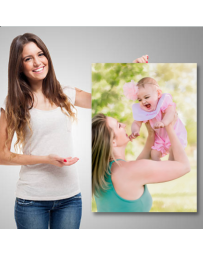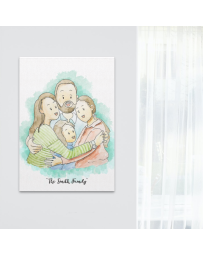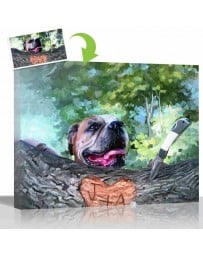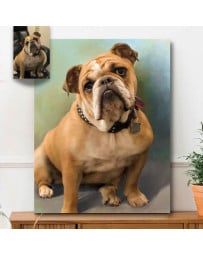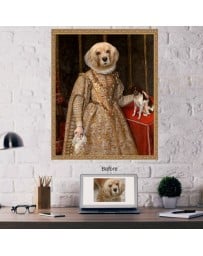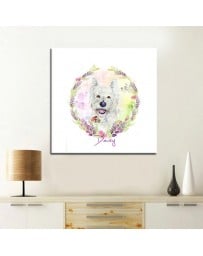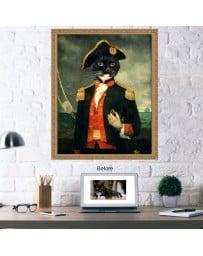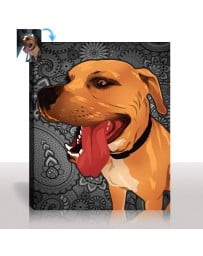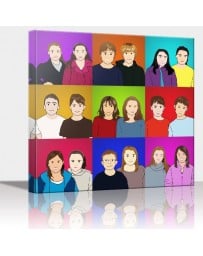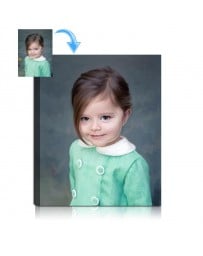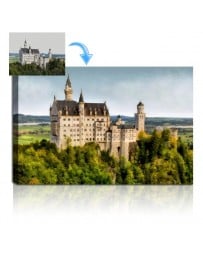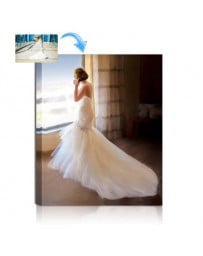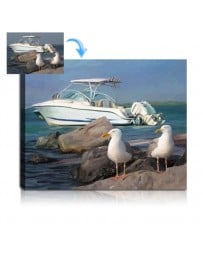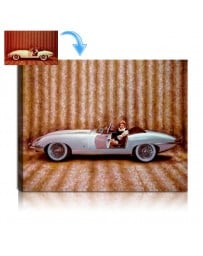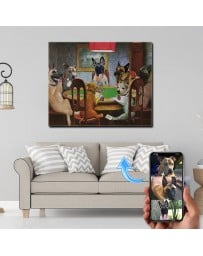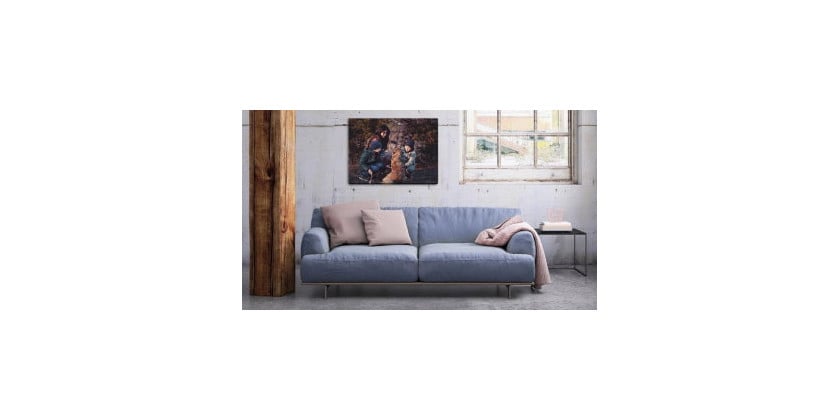
A great canvas portrait starts from a great photo. Learn more about maximizing your camera to make sure your canvas portrait turns out great!
It is not rocket science to take perfectly good pictures. It is not difficult to make them perfectly fine photographic canvas portraits, as once you have taken them. But what if you aim for something else, extraordinary? What if you like a real showstopper to print your canvas picture painting? Ok, there are a couple of hacks you might use to get quick results. And Snappy Canvas' picture printing experts are here to explore these tips for canvas picture painting.
Hold the composition fundamentals.
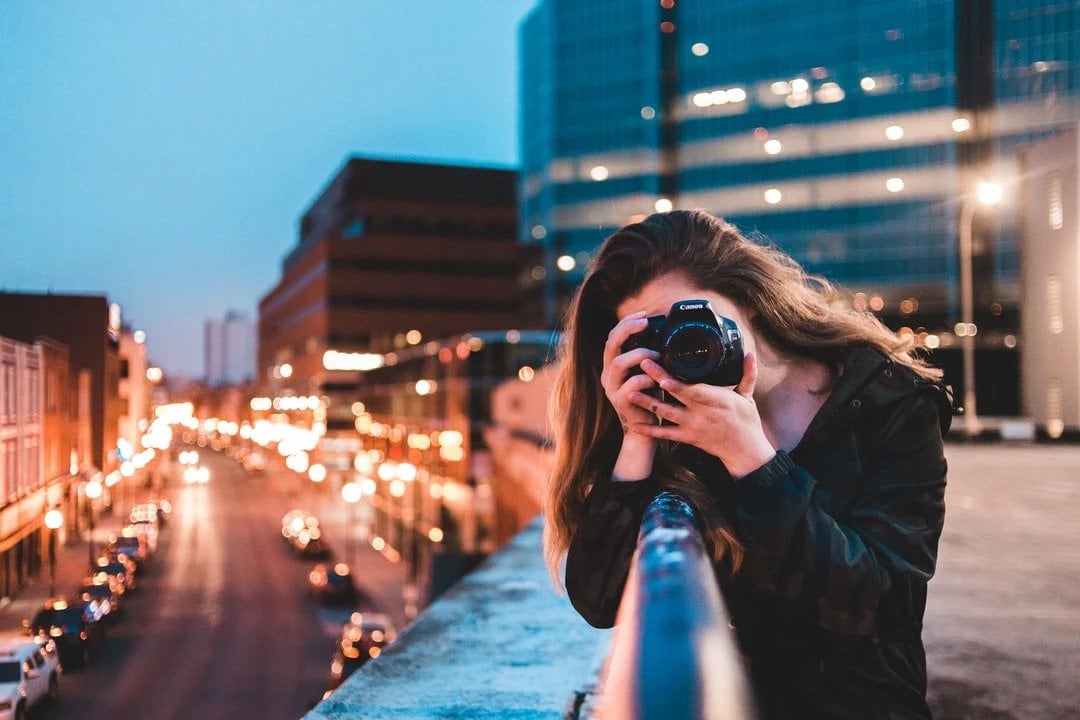
It sounds unpleasant to play carefully if you want your oil paintings from photo to make something happen. Yet, it's better to leave those rules unbroken. If you are a battle-hardened specialist, the use of the Rule of Thirds could sound simple. Yet these lie behind nearly every good photo that has ever been taken.
And here's another play aspect.
It is worth remembering that the canvas portrait is spread over a wooden frame and fixed to the back after printing a portrait on canvas portraits. This means that the frame's sides hold some details — the oil paintings of photos very edges in the original shot. This should not affect those who "playing it safe" because the role, focal points, and viewpoints will remain approximately the same. However, the same can be true for those who take chances with conventional photography conventions. There is a possibility that the final result may be blurred if the subject or the 'action core' is too close to the edge.
Goal Size and Motion
For fantastic picture canvas portraits, drone photography also allows. And closer pictures can also look excellent when printed on the lens with a cloth and plant texture. Indeed, while it might seem paradoxical, these two styles of shoots are identical. Both allow the rules of composition to take such freedoms, as the emphasis is on a sense of scale.
Repeat patterns and reliance on texture often add to visually effective aerial images and close-ups.
However, there are other options available to make more effect on your prints.
Cleverly use the lead row.
Using the leadership lines is the key way to build dynamism in oil paintings from photo. These are lines that emphasize the subject of the photo. Generally created by light conditions (light/shadows relationships) or photographer's geometric patterns, the contours of structures, staircase handrails, or physical objects near to the principal subjects may be used to shape lead lines.
Ensure that these lines guide the audience to the subject.
Be extreme.
Many folks in photography circles are familiar with the terms "negative" and "positive" space; they signify the areas around the main theme of your frame, while the latter applies to the main subject/object. "negative space" should, of course, not be perceived as a definition of inferiority!
Negative space exists to reinforce positive space. You might literally argue that one depends on the other to manipulate one another. But you can create an image to make the photo's main focus the negative space. This will work to an immense creative impact and contradict conventional composition concepts.
Meanwhile, it's another case of how you can breach laws but still get amazing results and keep an emphasis on good ways but carry them to bold extremes.
So, when we talk about intense positive space, what do we mean?
An exceptionally positive picture typically has little to no negative space. The entire oil paintings from photo is full of noise, movement, lines, and patterns created by many competing subjects from top to bottom. Taken appropriately, this can contribute to an enticing feeling of creative confusion. Images of people, blocks, green trees, or mountain ranges are aligned with each other - these are examples of topics that can make excellent use of extreme optimistic space.
And any good photograph using constructive space is guaranteed to be printed with success.
In a negative space, you can even attempt to go serious. Indeed, intense negative space is also an outstanding appeal for pictures. So drive minimalism to the point, and your portrait will be a marvelously striking print on canvas.
Blossom the bottom
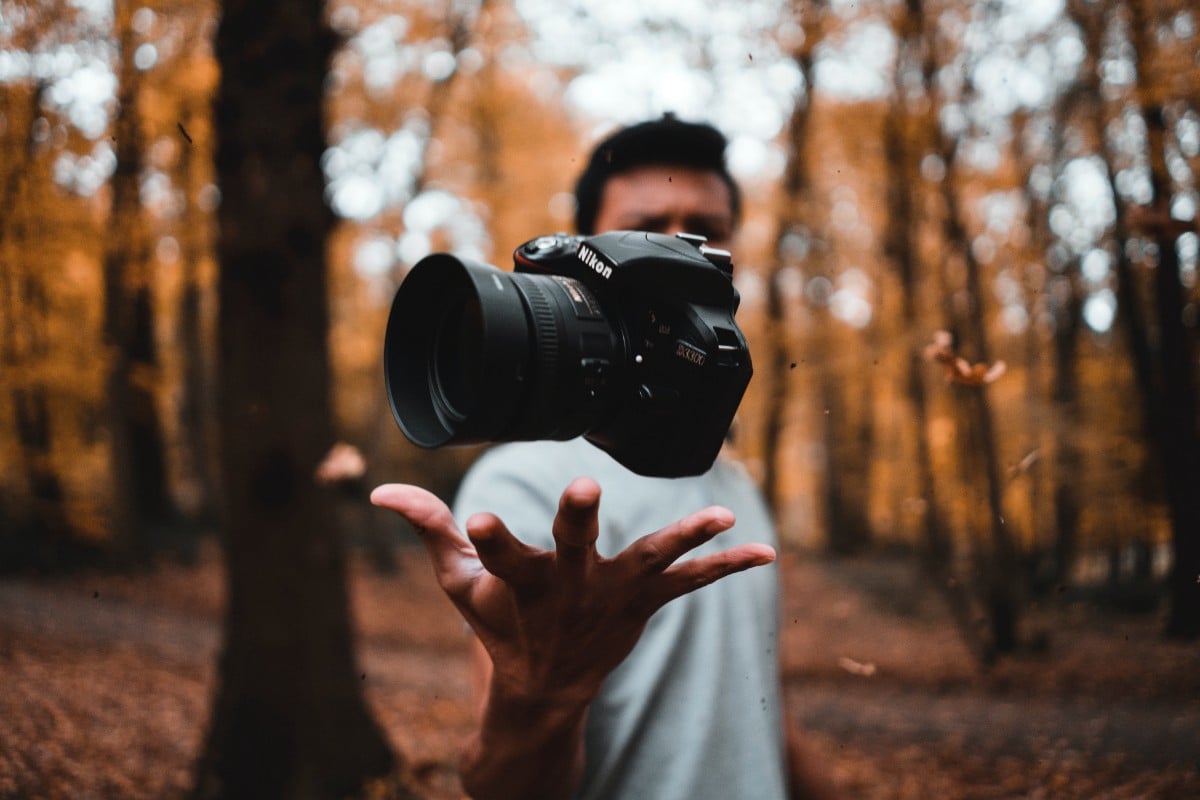
Is your photograph's backdrop clutter distracting from subjects? Shallow depth of field is a normal way to give focus to the main subject of the photo. This basic trick works particularly well for silent images since it highlights subtle specifics. The highly valued bokeh effect and some specular reflections are created, and the light sources are blurred.
One might argue that the impact is overused these days, but it cannot look spectacular. Frankly, at this stage, we would consider getting in the car.
You can achieve the result with the macro settings of your camera or shooting in opening priority mode. Pick the first one, and you simply have to turn to macro mode, disable flash, and zoom in before you launch.
For this, you must turn to priority aperture mode and seek the lowest possible f-value – then zoom in and take your image again.
You can get the same results either way.
Using layers
Notice that this is not linked to Adobe Photoshop manipulations. Layering is a method widely used to create a stunning effect on the image. In fact, it requires making an image consisting of many-layered components at several lens distances. Various tones and textures improve the effect to make the shot more immersive.
An impressive three-dimensional influence can be accomplished by imaginative use of these layers – which must work exactly until the image is written on the canvas portraits. Try to maintain a consistent contrast between the front, middle, and backdrop of the image to produce the best results.
The several things in the motion
One foundation of photography is action. If it is a basic action moment taken with lightning-quick shutter speed or an epic long-exposure shot that produces motion blur, motion creates visual tightness. It separates the subject from the context.
This hack isn't about having a sense of movement about where the transfer subject can be put in your frame. Get it right, and your oil paintings of photos will have a drastic effect. The trick consists of leaving a distance between the moving target and the other side of the frame. The subject should cover about 1/3-23 of the photograph, and the remaining subjects should be shot in a negative space.
This indicates a manner in which the subject heads and makes the shot more complex.
Many good sports photos owe this technique.
Trust in your instinct.
Although the hacks mentioned above allow you to take a well-balanced professional canvas picture painting, it is vital that you produce outstanding results. You will be free to do it your way once you note that not everyone agrees with even the most traditional beauty concepts. For taking an outstanding picture for oil paintings of photos, there is no universal formula. No oil paintings from photo is going to appeal to everyone while widely acclaimed. If in question, then focus on your instinct, and it will lead you every chance to your perfect image.
We hope that this article has given you some insight on how to make the most of your photos before you turn them into stunning pieces of canvas portraits. We hope that after reading this article you apply them to your photography and that you contact Snappy Canvas to help you achieve the full potential of your photos.

